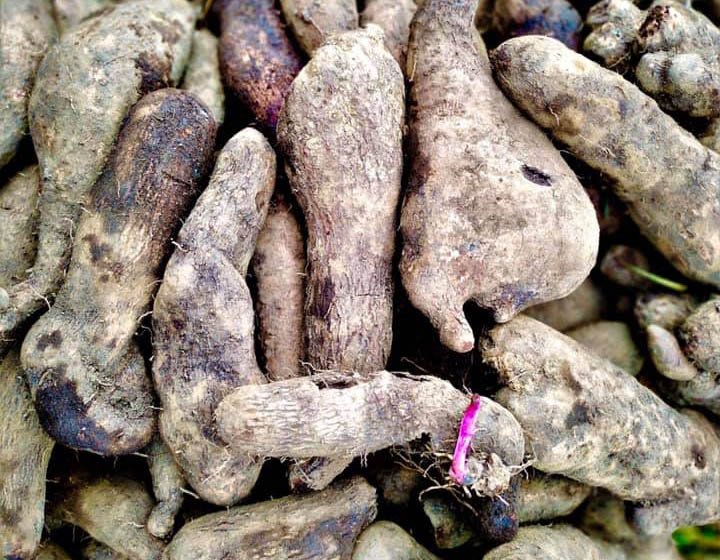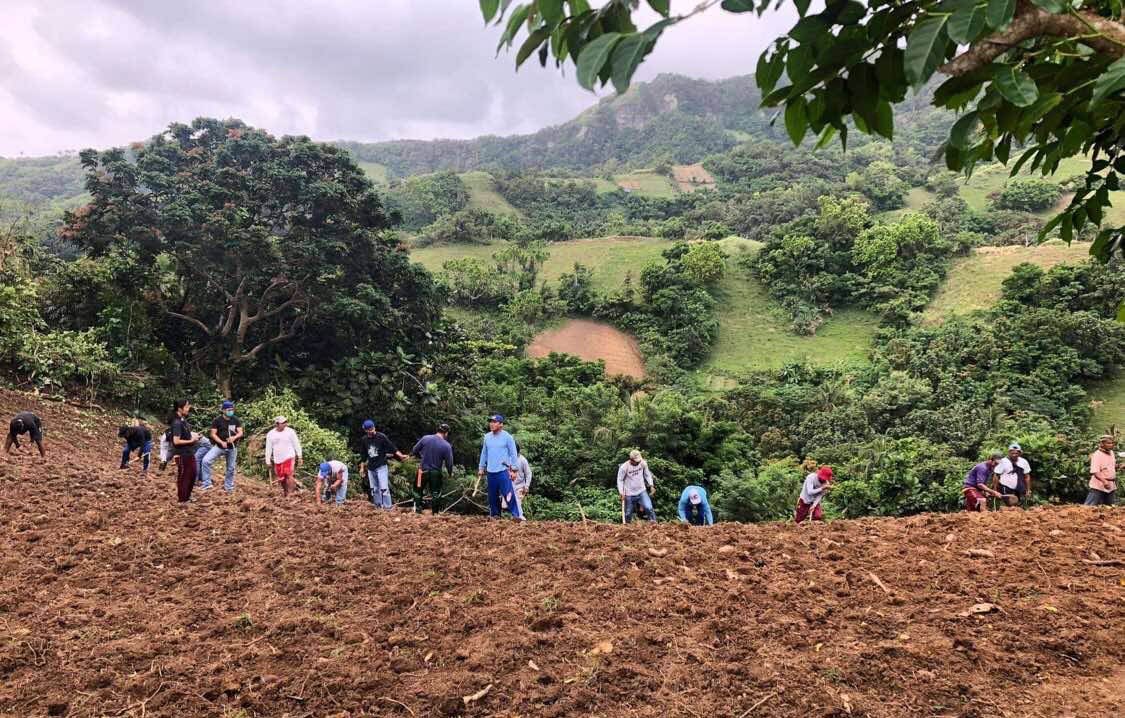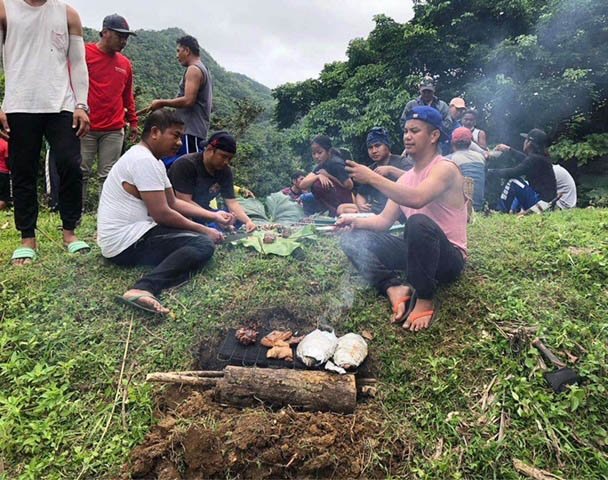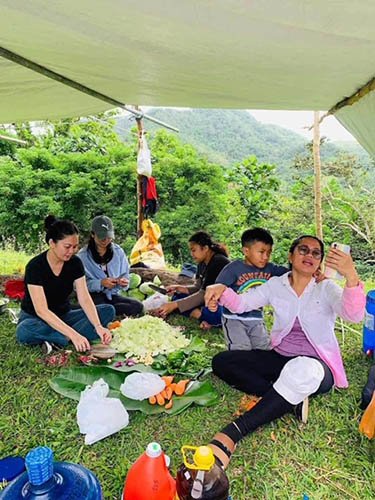Rooted in Tradition
/Uvi (Source: NV Batanes Area Museum/Facebook)
Like in many provinces visited often by storms, root crops are the best food to plant because they grow underground and so are protected from wind and rain. Apart from uvi (Dioscera alata), there is sudi or taro and dukay or lesser yam, all belonging to the yam family. Another rootcrop planted is wakay or sweet potato/ camote.
The more interesting story is the Ivatan way of planting uvi, practiced from generation to generation and involving the community.
The field is cleared and ready for planting the uvi (Photo by Troy Barrios)
Community volunteers during the planting (Photo by Troy Barrios)
Troy Barrios, food writer who decided to settle in Batanes, sent these photos of the planting (usually in January) called kapaykavaywan, according to the site NM Batanes Area Museum. It is a community effort, a wonderful practice in this northernmost province, a voluntary one as well, and from the photographs, a social gathering with food, almost like a fiesta. The local dishes are called vunung. The photo of the feast shows the yellow rice called supas, white rice, uvi, a kind of fish escabeche and the breadfruit leaves or tipuho which serves as container for the food when eating.
Food writer Troy Barrios (leftmost) helping to prepare the food during the kapaykavaywan or uvi planting.
Vunung or local dishes served during the planting (Photo by Troy Barrios)
It is said that today, uvi as staple food is being replaced by rice, which is now more available in Batanes. But uvi planting and harvesting is a practice well worth preserving because it speaks of community, and tradition that belongs only to the place.
First published in the Food Writers Association of the Philippines site and the Doreen Gamboa Fernandez Food Writing Award site.
Micky Fenix is the author of Country Cooking: Philippine Regional Cuisines which won the National Book Award. She is president of the Food Writers Association of the Philippines and chair of the Doreen Gamboa Fernandez Food Writing Award.
More articles from Micky Fenix








